Product-led growth (PLG) in SaaS businesses, an overview
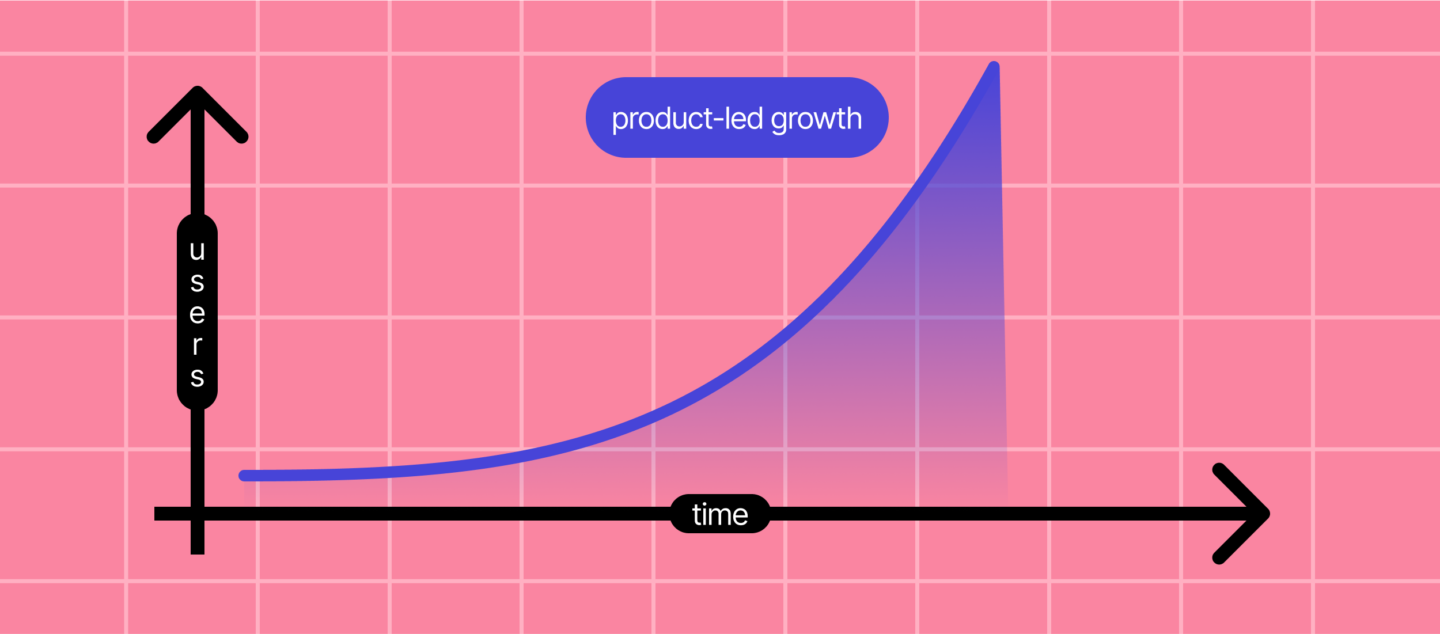
If you’re involved with SaaS, constantly seeking innovative strategies to drive growth and stay ahead of the competition are not news to you. One strategy that has been making waves in the SaaS realm is Product-Led Growth (PLG). What does it really entail? And how is it reshaping the trajectory of SaaS businesses?
This article dives into the heart of PLG, exploring its core principles, unique benefits, and its transformative impact on SaaS companies. We’ll delve into the specifics of how a PLG approach differs from traditional sales and customer-led strategies, highlight successful PLG SaaS companies, and help you determine if PLG is the right move for your business. So, whether you’re a seasoned SaaS veteran or a burgeoning start-up, this comprehensive guide will equip you with key insights to leverage the power of PLG in your growth journey.
What is the meaning of PLG for SaaS companies?
In the ever-evolving Software as a Service (SaaS) industry, a significant shift is underway. Companies are moving from traditional, sales-driven models to a more product-centric approach known as Product-Led Growth (PLG). This transformation has come to define the strategic direction of many SaaS businesses, reshaping their growth strategies with the following core principles:
- Use PLG as a business model
The essence of PLG strategy lies in its effective use as a business model. PLG puts the product at the driving seat of customer acquisition, conversion, and expansion. In other words, it emphasizes that a superior product naturally attracts users, encourages them to upgrade, and propels them to become advocates for the product.
- Focus on high-quality, user-friendly products
PLG strategy requires a laser-focused dedication to delivering high-quality, user-friendly products. It prioritizes understanding the customers’ needs and expectations, aligning the product accordingly to ensure it delivers real, tangible value.
In fact, a McKinsey study found that companies with a strong focus on customer experience can reduce churn by 10-15% and lift revenues by up to 15%.
- Create a product that attracts customers
PLG strategy is about crafting a product so effective and compelling that it naturally magnetizes customers and kindles organic advocacy. The value proposition of the product should be strong enough to sell itself, thereby reducing the reliance on traditional sales methods.
The emergence of the PLG strategy is a direct result of changing market dynamics and customer preferences, particularly in the SaaS industry. Technological advancements have democratized software access, enabling customers to “try before they buy”—a paradigm shift that has placed power firmly in the hands of the buyers.
According to a survey by Gainsight, 70% of SaaS companies reported an increase in self-service in their customer interactions. Additionally, more and more evidence shows that PLG companies have lower customer acquisition costs compared to traditional sales-led companies, highlighting the economic advantage of adopting a PLG strategy.
In light of these changing trends and consumer behaviors, SaaS companies are increasingly turning to PLG as their growth strategy of choice. By delivering value through the product itself, SaaS businesses can attract and retain customers in a more efficient, effective, and scalable manner.
PLG’s Rise in the Face of Traditional Growth Methods
When comparing PLG to other strategies, the methods of driving customer acquisition show clear distinctions.
PLG vs. Sales-led Growth:
- In a sales-led growth approach, the responsibility of attracting new customers falls heavily on the sales team. Tactics often include aggressive sales methods and substantial investments in sales team development.
- Alternatively, PLG adopts a product-centric view, aiming to produce a product so appealing and beneficial that it attracts users organically.
- Instead of a hard-sell approach, PLG primarily focuses on demonstrating the inherent value of the product, fostering customer loyalty through the product’s tangible benefits.
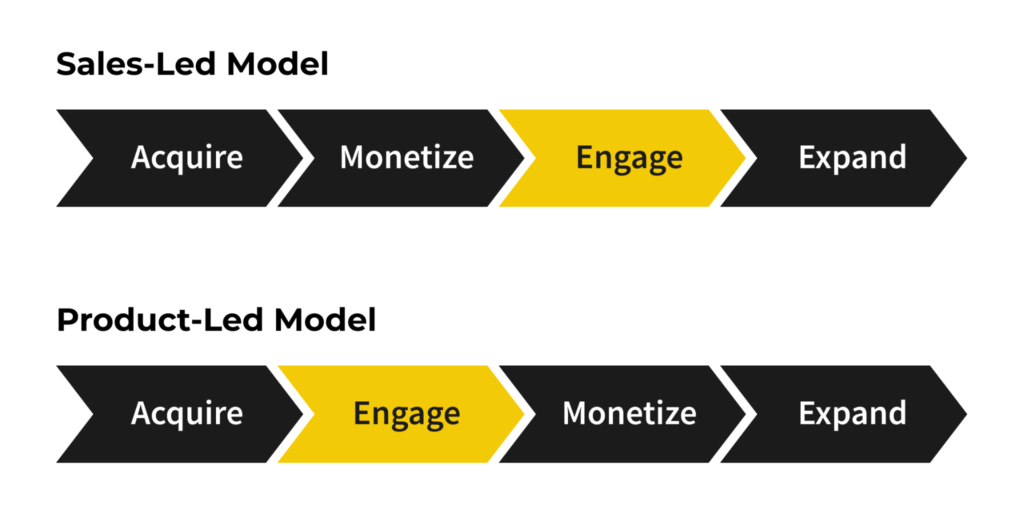
PLG vs. Customer-led Growth:
- Both PLG and customer-led growth share a common focus on delivering customer value, however, they diverge in how they gather and utilize customer insights.
- Customer-led growth depends on direct customer feedback to guide strategy and product development, typically through methods like surveys and interviews.
- PLG, on the other hand, integrates a customer-focus with analysis of actual product usage, providing a more accurate understanding of customer behavior.
- With PLG, strategic decisions are driven by a combination of customer feedback and product interaction data, leading to improved product and user experience.
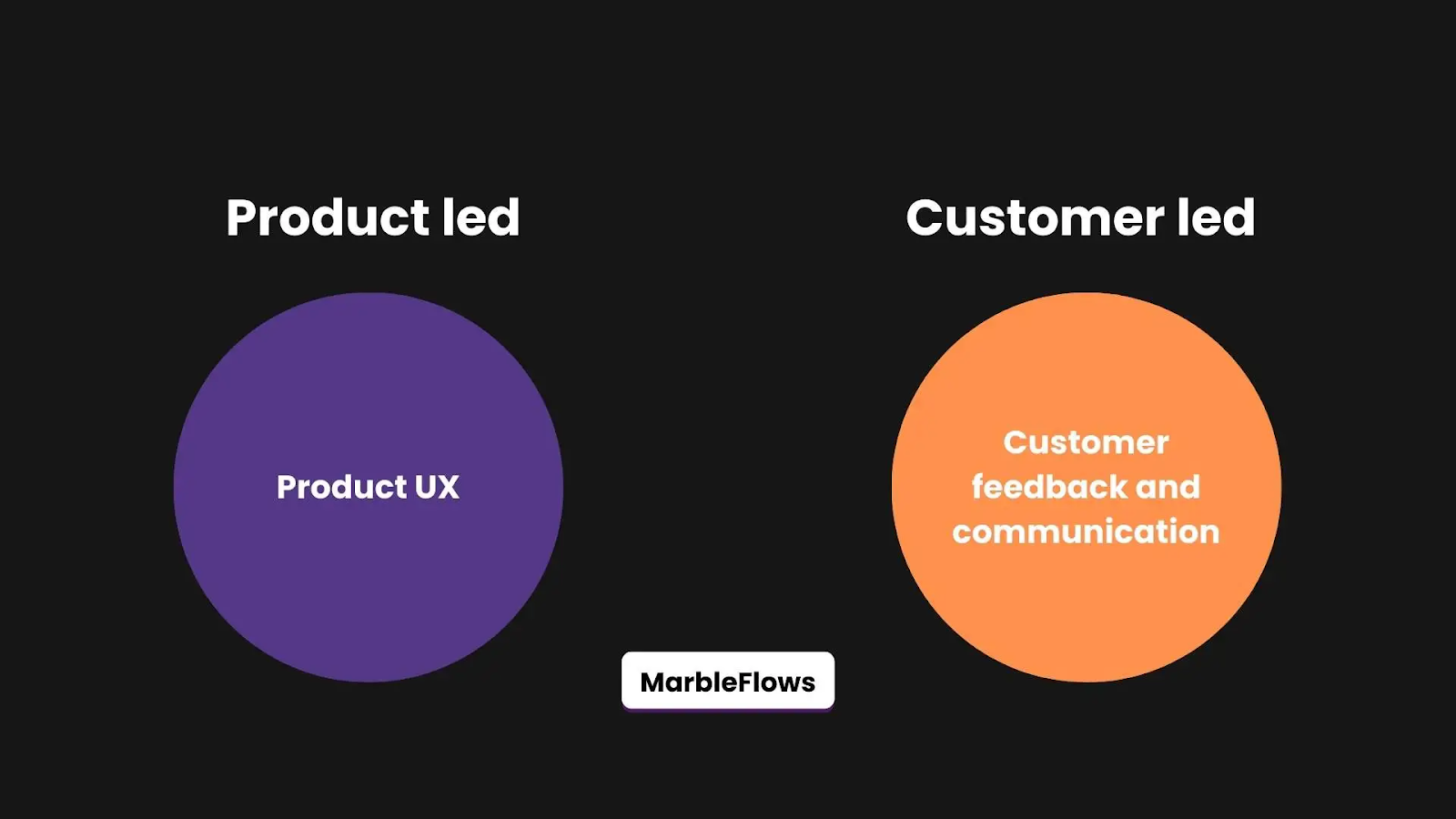
3 benefits of PLG for SaaS
- Improved User Experience
The PLG strategy places a strong emphasis on delivering a superior user experience. It prioritizes the creation of a product that is not only functional but also intuitive and enjoyable for the users. The goal is to craft a product that users love, a product that adds value to their lives or businesses in a significant way.
This approach often results in products that are designed with the user in mind, featuring clean, user-friendly interfaces and intuitive functionalities that enhance user satisfaction.
When users are satisfied and derive enjoyment from a product, they are more likely to use it regularly, recommend it to others, and remain loyal to the brand.
- Lower Customer Acquisition Cost
A key advantage of the PLG model is its potential to reduce customer acquisition costs. Traditional growth strategies often involve substantial spending on sales and marketing efforts to attract customers. In contrast, PLG leverages the product itself as the primary magnet for potential users.
By offering a free or freemium version of the product, businesses can attract users who are interested in trying the product before committing financially. This model significantly reduces the cost of customer acquisition, as the focus shifts from spending on marketing and sales efforts to investing in product development and improvement.
- Greater Scalability
PLG strategies are inherently scalable. With the product at the forefront of the growth strategy, businesses can scale in tandem with the growing popularity and user base of their product.
This approach allows for a predictable growth trajectory, as the success and growth of the business are directly tied to the success and popularity of the product. As a result, companies have been able to rapidly scale their operations and user base through a PLG approach.
In summary, a PLG strategy offers not only an improved user experience but also a cost-effective and scalable path to growth, making it an increasingly popular strategy among SaaS companies.
Free expert insights to boost your marketing strategy and raise conversion to a target action by 10%
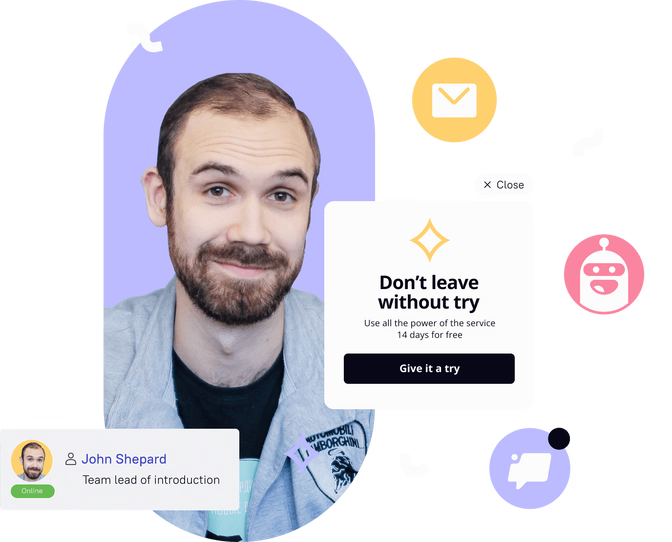
Crucial Product-Led Growth Metrics to Track for Your SaaS Business
Understanding and tracking the right metrics is critical in steering your SaaS business towards success in a Product-Led Growth (PLG) strategy. Here are some key PLG metrics that you should consider:
- Active Users,
- User Churn Rate,
- Conversion Rate,
- Time to Value (TTV),
- Product-Qualified Leads (PQLs)
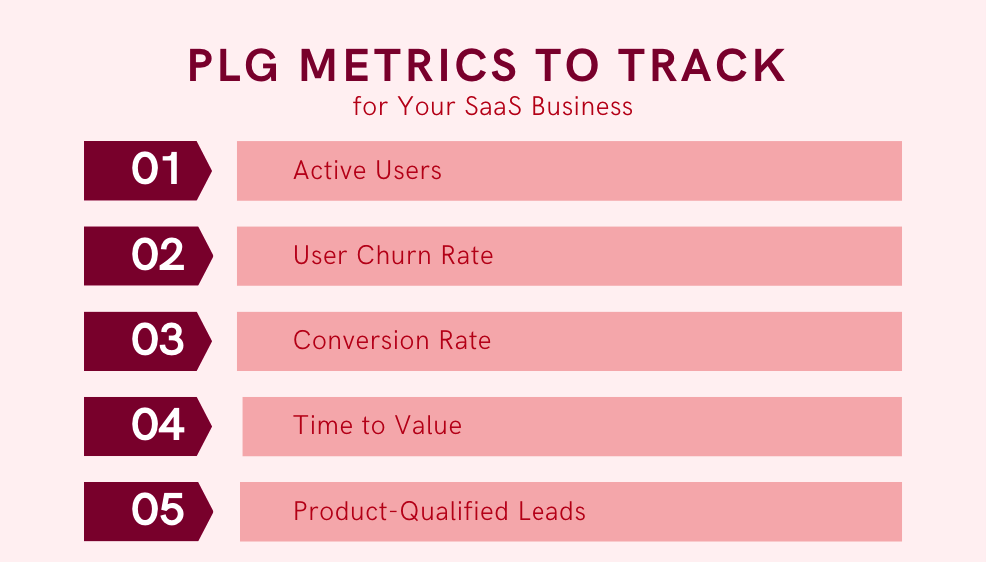
- Active Users
Active Users is a crucial PLG metric that measures the number of users actively engaging with your product over a certain time period. This could be daily active users (DAU), weekly active users (WAU), or monthly active users (MAU). This metric gives you insights into how engaging your product is and how often users are coming back to it. A growing number of active users typically signifies a product that delivers value and meets user requirements.
- User Churn Rate
User Churn Rate refers to the percentage of users who stop using your product over a certain period. A high churn rate could indicate dissatisfaction with your product or service and should be investigated promptly. Reducing churn rate is key to maintaining a healthy user base and achieving long-term growth.
- Conversion Rate
In the context of PLG, Conversion Rate typically refers to the percentage of users who move from a free or trial version of your product to a paid version. A higher conversion rate often signals a product that provides significant value, compelling users to become paying customers.
- Time to Value (TTV)
TTV measures how quickly a user can achieve their desired outcome or realize value from your product. A shorter TTV often leads to better user satisfaction and can contribute to higher conversion rates and lower churn rates.
- Product-Qualified Leads (PQLs)
PQLs are users who have tried your product and shown enough engagement that suggests they are likely to become paying customers. PQLs are often considered higher quality leads in a PLG strategy as they have already experienced the value of your product firsthand.
Each of these metrics provides valuable insights into different aspects of your product and user behavior, and together they can give you a comprehensive view of your product’s performance and areas for improvement. By continuously monitoring and optimizing these metrics, you can ensure your product continues to deliver value and drive growth for your SaaS business.
Three pillars of PLG
For businesses aiming to implement a Product-Led Growth (PLG) strategy, it’s crucial to understand and invest in the three pillars that form the foundation of this approach. These three pillars are:
- Superior Product
The very essence of PLG lies in having a superior product. This means creating a product that is not only useful and relevant to your target users, but also excels in ease-of-use, design, and overall user experience. The product should be intuitive, reliable, and efficient at solving the user’s problem or fulfilling their need. In a PLG approach, the product serves as the primary driver for customer acquisition, conversion, and retention. It’s the product’s quality and user experience that attract users, convert them into paying customers, and keep them loyal to your brand. Therefore, continuous investment in product development, improvement, and innovation is essential in a PLG strategy.
- Customer-Centric Approach
A customer-centric approach is another critical pillar of PLG. This means putting the customer at the heart of everything you do — from product development and marketing to sales and support. Understanding your customer’s needs, preferences, and behavior should inform all aspects of your business strategy. This approach ensures that your product and services align with your customer’s expectations and deliver real value to them. Furthermore, a customer-centric approach often leads to higher customer satisfaction, loyalty, and advocacy, which are key to sustainable growth in a PLG strategy.
- Strong Community Building
Lastly, the third pillar involves constructing a robust community around your product. This involves nurturing a sense of belonging among your users by offering platforms for interaction, collaboration, and shared learning. Examples of this could be user forums, social media groups, or local meetups. A strong community not only heightens user engagement and loyalty but also creates a reservoir of invaluable feedback and ideas for product improvement. Moreover, a vibrant user community can serve as a compelling marketing channel for your product.
Incorporating these three pillars into your business strategy is crucial in building effective growth loops. Growth loops occur when the actions users take in a product — like inviting other users or sharing content — lead to more users, product engagement, and ultimately, business growth. By focusing on the product’s quality, centering the needs of the customer, and fostering a strong community, businesses can drive sustainable and scalable growth through their product.
Together, these three pillars form the backbone of a successful PLG strategy. By focusing on creating a superior product, adopting a customer-centric approach, and building a strong community, businesses can drive significant and sustainable growth through their product.
Examples of SaaS businesses using PLG strategy
The power of Product-Led Growth strategies is evident in the success of several SaaS businesses. Here’s a deeper look at how companies like Slack, Grammarly, and Figma have implemented PLG strategies:
Slack
Slack, the popular messaging platform, exemplifies the PLG model. The company puts its product at the forefront, providing a freemium version that delivers significant value to users. This allows potential customers to experience the product’s value before committing to a paid version. Slack also focuses on reducing the Time to Value (TTV), making it extremely easy for users to start using the platform and see immediate benefits. Moreover, Slack empowers users to evangelize the product, with users often introducing Slack into new business environments, thereby driving growth organically.
Grammarly
Grammarly, the AI-powered writing assistant, also follows a PLG model. It offers a free version of its product that delivers real value to users, helping them improve their writing. This freemium model allows users to experience the benefits of the product firsthand, which can lead to upgrades to the premium version for additional features. Grammarly’s PLG strategy also includes a strong focus on user experience, with the product being continuously refined based on user feedback and behavior.
Figma
Figma, a collaborative interface design tool, is another SaaS business that has successfully implemented a PLG strategy. The company’s focus is on providing a high-quality, user-friendly product that enables teams to collaborate on design projects in real time. Figma offers a free version of its product, encouraging adoption and allowing users to see the value of the tool before upgrading to a paid version. The company’s focus on community-building, through features like shared design libraries and collaborative editing, has also contributed to its growth.

By focusing on delivering a high-value product, optimizing user experience, and fostering an engaged user community, these companies have been able to grow their user base and convert free users to paid customers.
Read more:
Is PLG right for your business?
Deciding if a Product-Led Growth (PLG) strategy is right for your business requires careful consideration of several factors.
- Nature of your product
First and foremost, consider the nature of your product. Is it something users can try and get value from without much assistance? PLG works best with products that are user-friendly and intuitive, where the value becomes quickly apparent to the user. If your product is highly complex or requires a lot of training to use, a sales-led strategy might be more appropriate.
- Target audience
Your target audience is another important factor. PLG often works well when targeting individual users or small teams who can try the product and then advocate for its adoption within their organization. If you’re selling to large enterprise customers who expect a high level of service and support, a sales-led or customer-led strategy might be more suitable.
- Business resources and capabilities
Lastly, consider your business resources and capabilities. Implementing a PLG strategy requires a strong product development team to ensure the product is continually improving based on user feedback. It also requires a culture of customer centricity and the ability to effectively analyze and utilize product usage data.
If you decide that a PLG strategy is right for your business, making the transition will be a significant undertaking that involves all parts of your organization. Here are a few ways to make the transition easier:
- Communicate the change
Make sure everyone in the organization understands what PLG is and why you’re making the transition. This will help ensure buy-in from all team members.
- Center the product team
The product team will play a critical role in a PLG strategy, so make sure they have the resources and support they need.
- Build customer understanding
Develop a deep understanding of your customers and how they use your product. This will inform your product development and marketing strategies.
- Leverage data
Use product usage data and customer feedback to continuously improve your product and user experience.
- Iterate and learn
PLG is a learning process. Be ready to experiment, learn from your successes and failures, and continuously iterate on your strategy.
By carefully considering these factors and taking a thoughtful approach to the transition, businesses can successfully adopt a PLG strategy and reap its benefits.
FAQ
Why is Time to Value an important PLG metric for SaaS businesses?
Time to Value (TTV) is the measure of how quickly customers can start getting value from a product after they start using it. This is a crucial metric for SaaS businesses implementing a PLG strategy because it directly impacts user experience and satisfaction, which are key drivers of growth in a PLG model. A shorter TTV can lead to higher user engagement, improved conversion rates, and reduced churn, as users are more likely to continue using a product that quickly delivers value. Tomasz Tunguz, a venture capitalist at Redpoint, has discussed the importance of TTV in SaaS businesses in his blog.
How does a PLG strategy contribute to lower customer acquisition costs?
In a PLG strategy, the product itself plays a key role in attracting and converting users, thus reducing the need for traditional, often expensive, sales and marketing efforts. Instead of spending heavily on sales teams and marketing campaigns to attract customers, businesses can focus on improving their product and user experience. As users try and get value from the product, they become potential customers, leading to lower customer acquisition costs. OpenView has shared detailed insights into how PLG can help lower customer acquisition costs.
Can a business switch from a sales-led growth strategy to a PLG strategy?
A business can definitely switch from a sales-led growth strategy to a PLG strategy. However, such a transition requires a shift in mindset across the entire organization and careful planning. The focus needs to shift from sales efforts to product development and user experience. The product team becomes central to the growth strategy, and customer feedback and product usage data become key inputs to strategy and decision-making. Wes Bush, the author of “The Product-Led Growth Book,” has provided practical guidelines on how businesses can make this transition.
Read also:
- Product led growth metrics: 13 key indicators for SaaS companies to track
- PLG tools: ultimate guide to the best instruments
- Benefits of Product led growth: 12 PLG benefits for your business
- RevOps tech stack: guide to the best tools
- Revenue operations metrics: 10 metrics and KPIs to track your performance
- Sales led growth: what is it and why your business needs it
- Growth marketing case studies: 12 stories with detailed tactics and numbers achieved
- RevOps best practices: 13 tactics to implement this year
- Top 10 product led growth software your competitors use in 2023
- 10 product led growth companies that boost their development right now
- Growth Product Manager: Charting new frontiers in product scaling
- 20 product led growth examples to inspire your team [expert edition]
- 15 customer retention tools: find out the best software to return your customers
- Top 10 best product marketing tools for your tech stack [expert review]
- 15 best user behavior analytics tools [software features & pricing]
- 16 best CX customer experience tools: software features and pricing
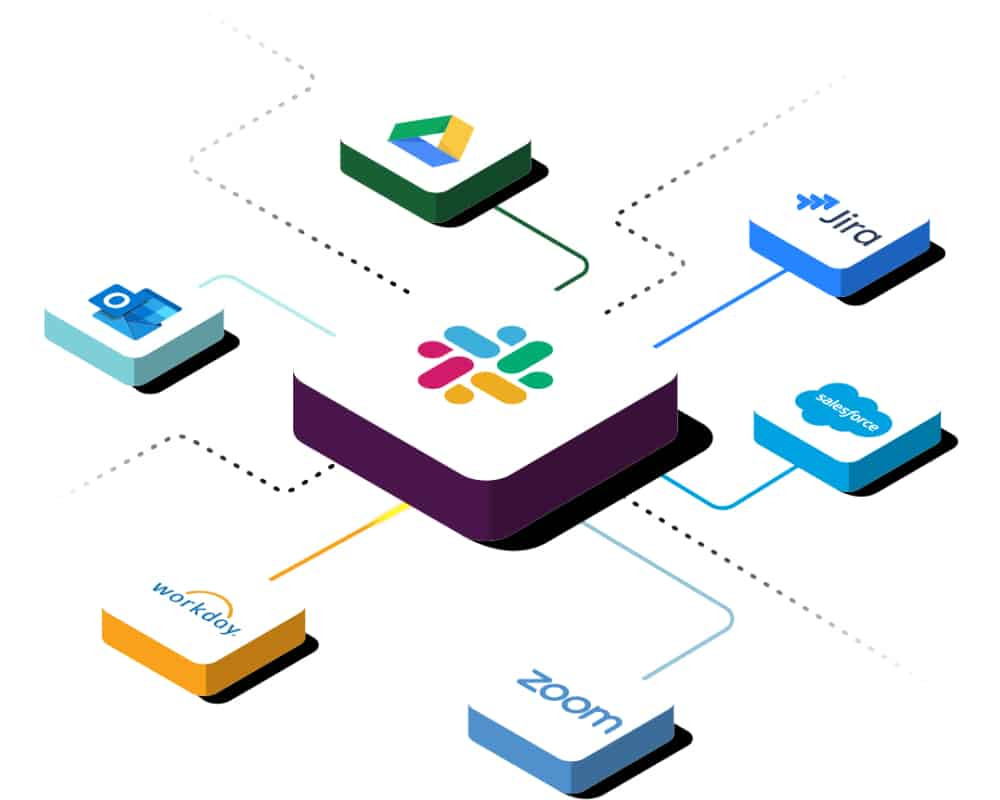

![Top 10 PLG tools for your Product-Led Growth [tested by experts]](https://www.dashly.io/blog/wp-content/uploads/2023/08/20-tools-to-boost-your-Product-led-Growth-720x317.jpg)
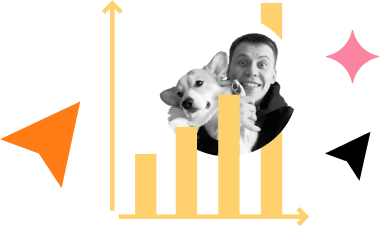


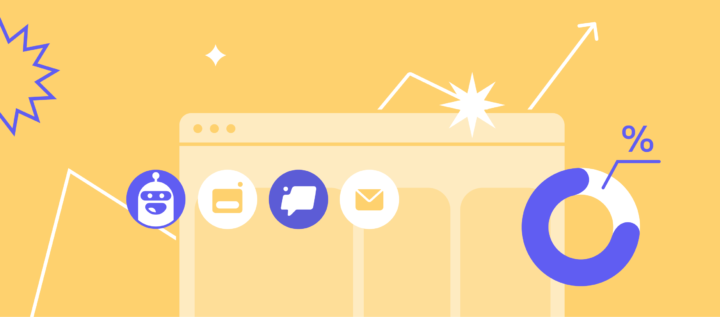

![The ultimate guide to growth marketing in 2025 [explained by a growth hacker]](https://www.dashly.io/blog/wp-content/uploads/2023/04/The-ultimate-guide-to-growth-marketing-explained-by-a-growth-hacker-720x317.png)